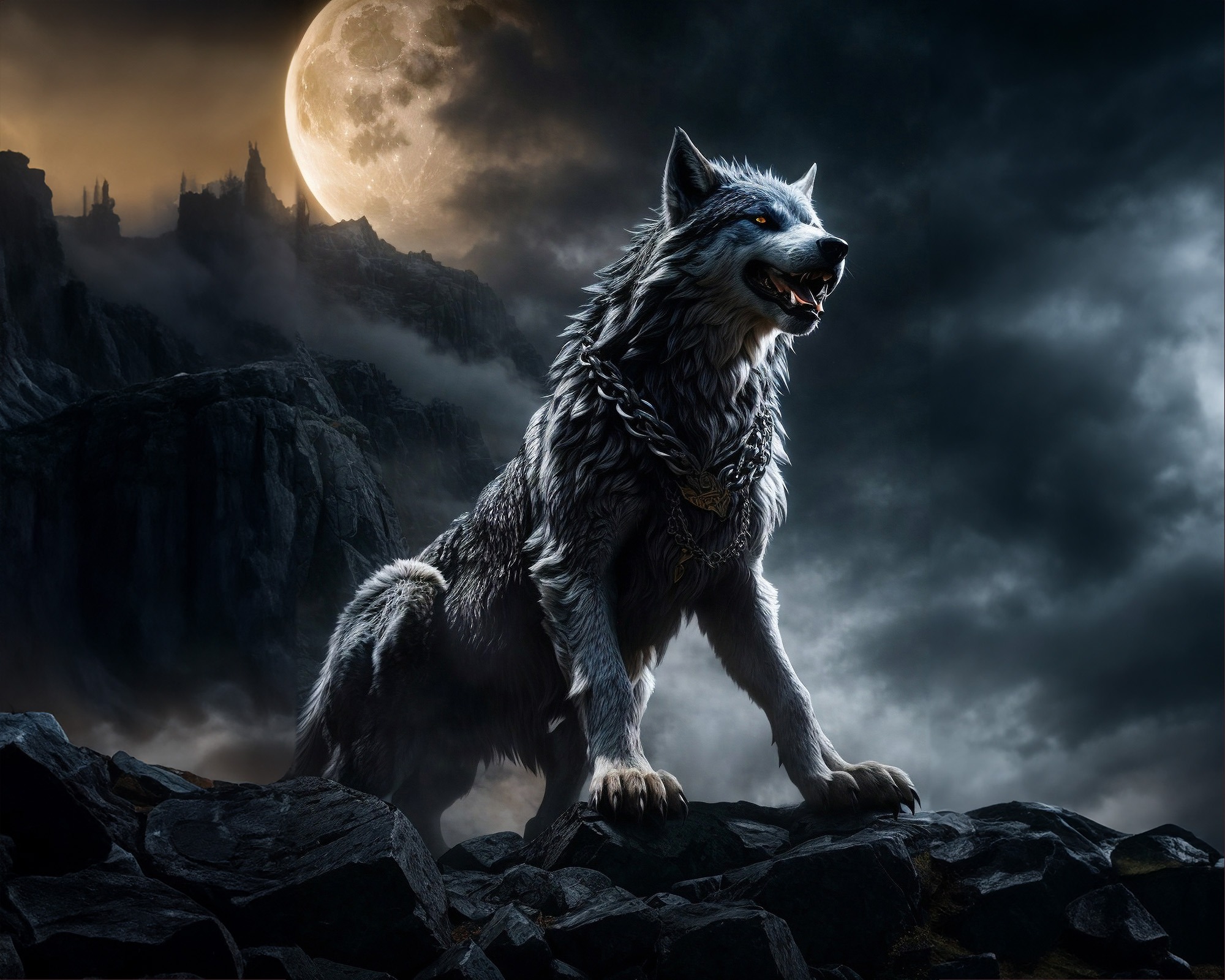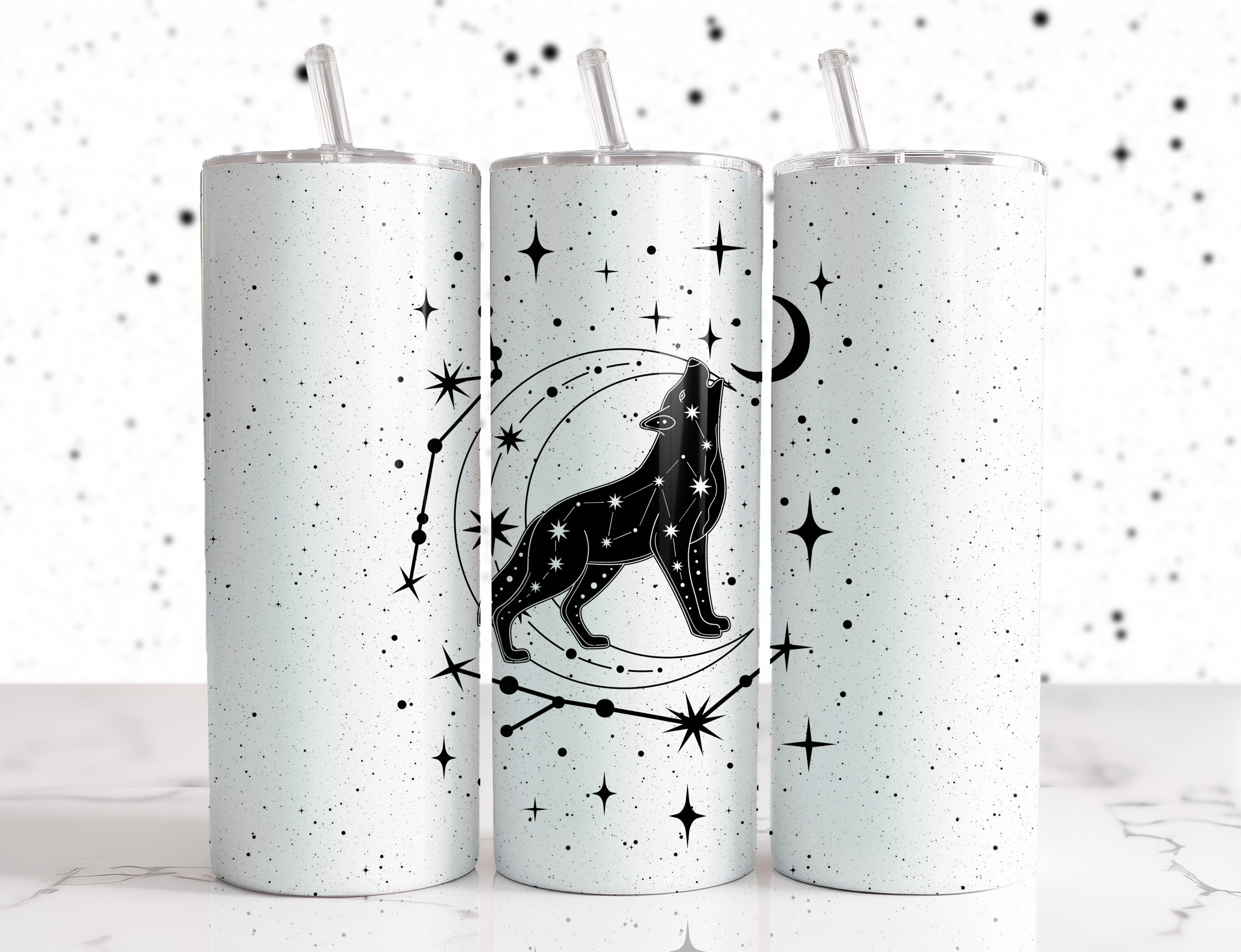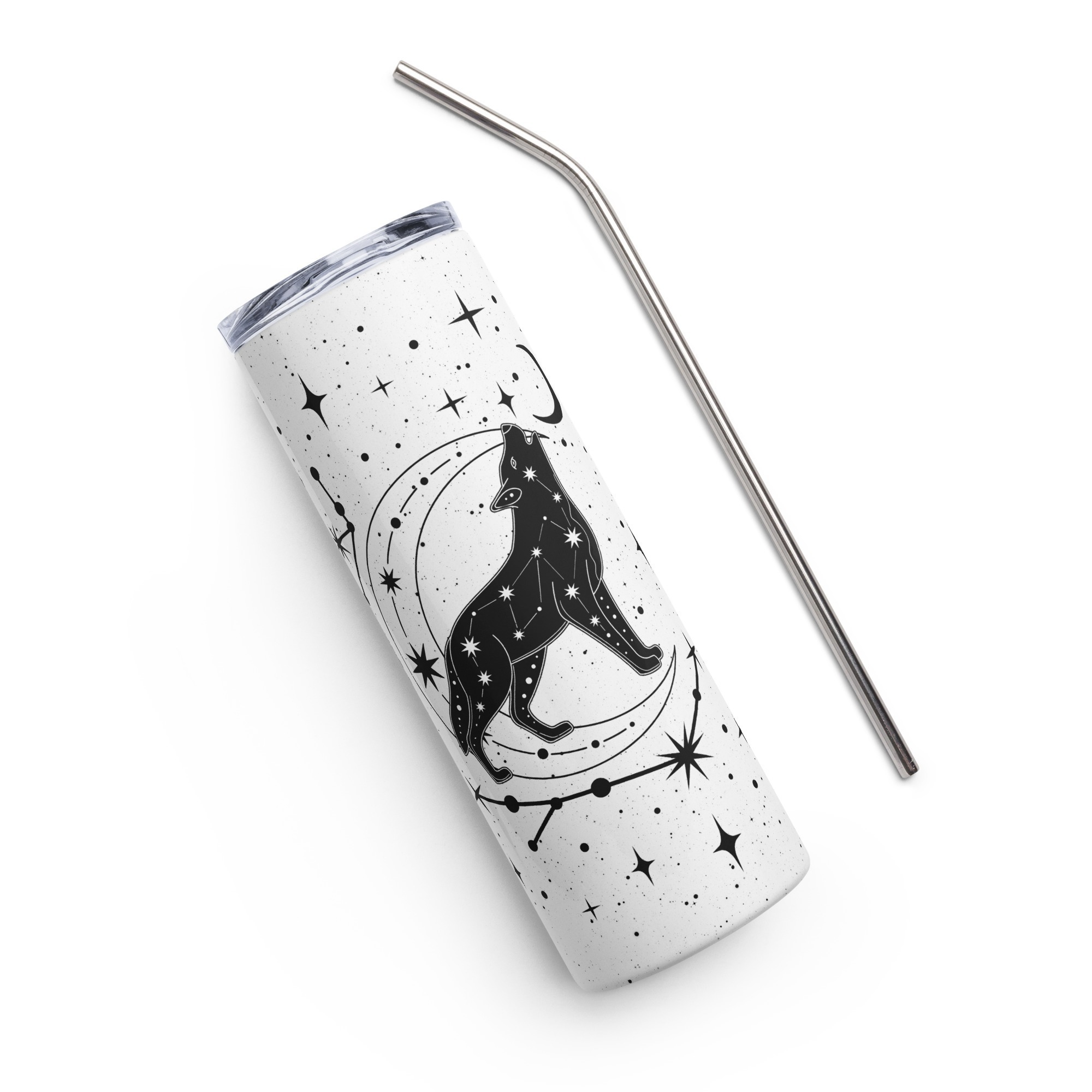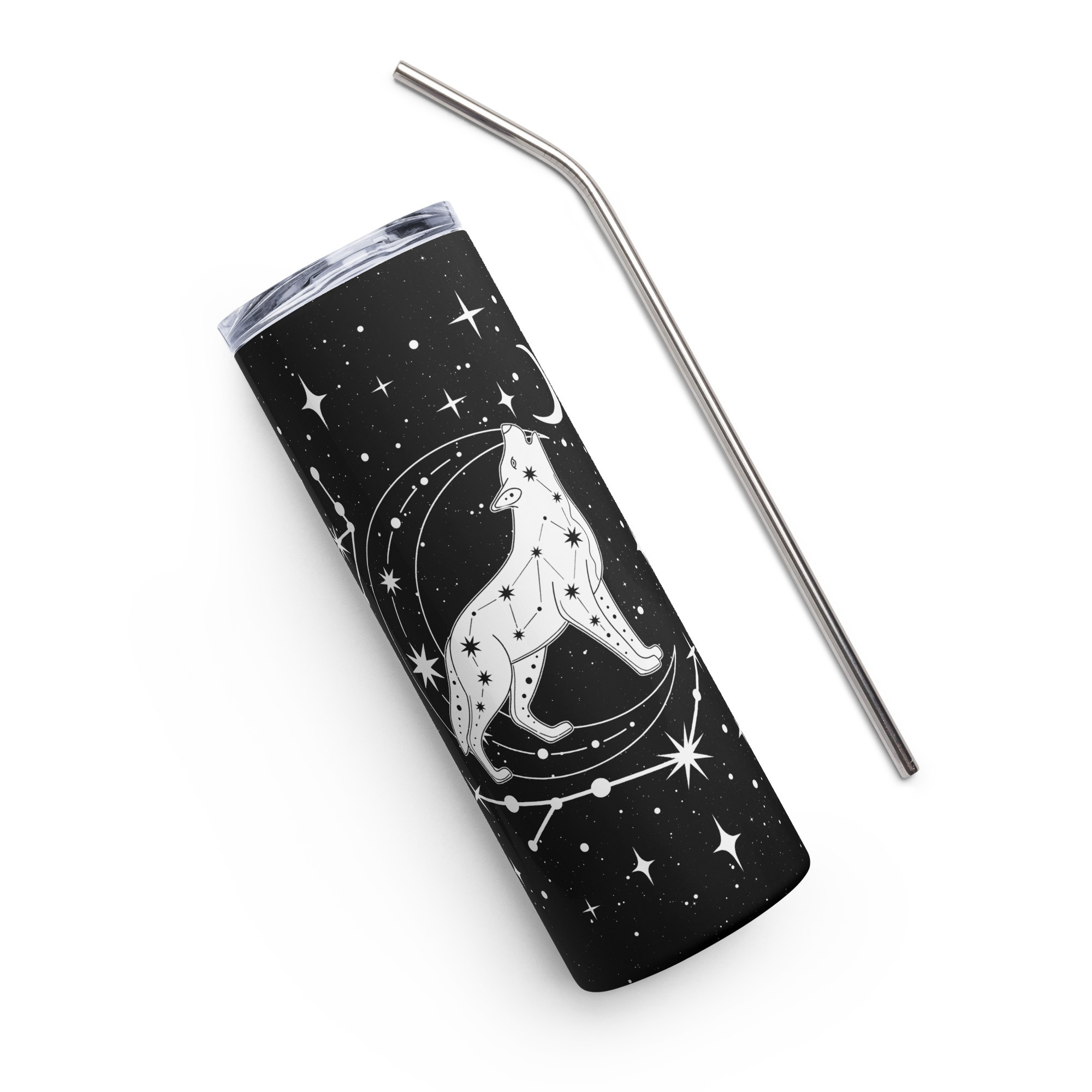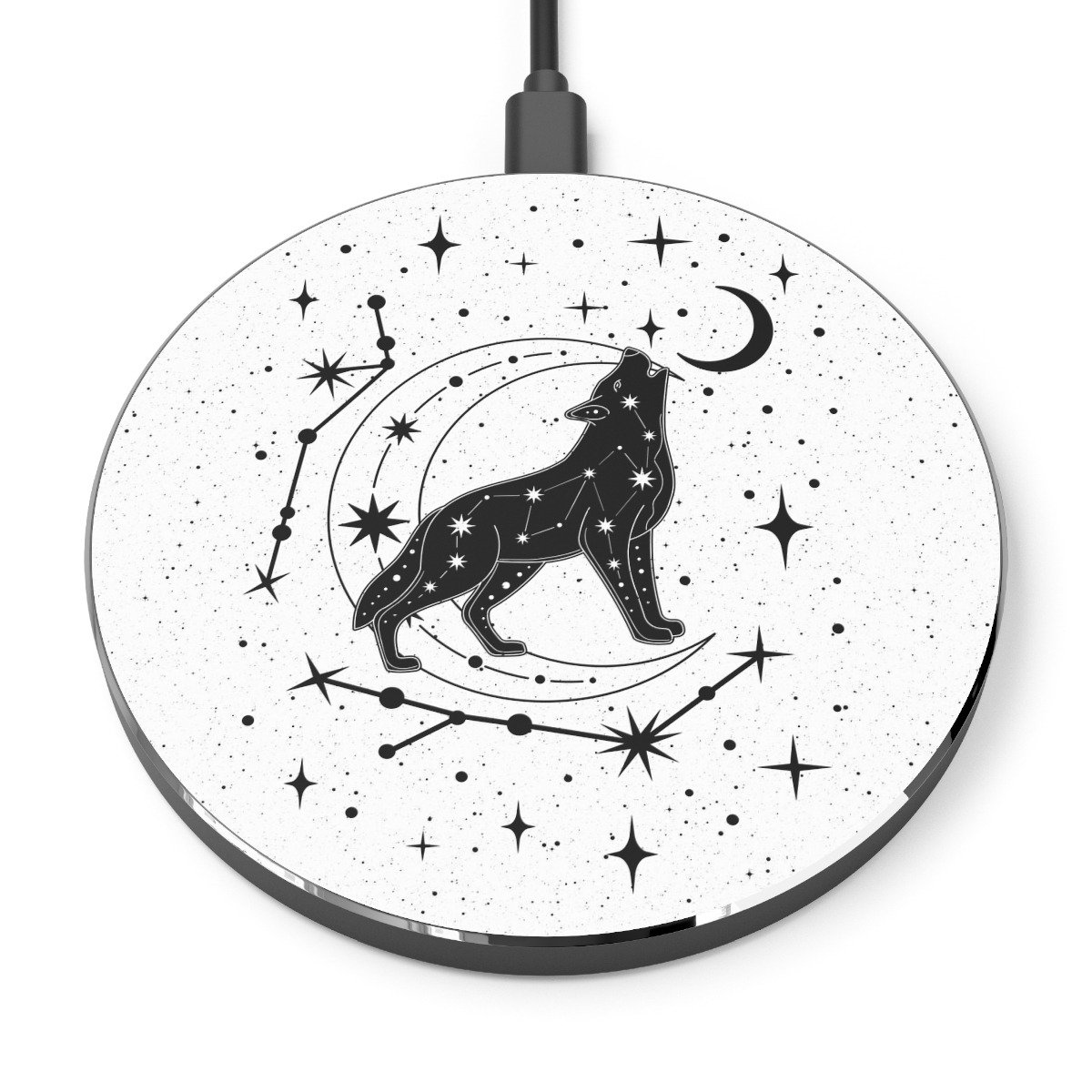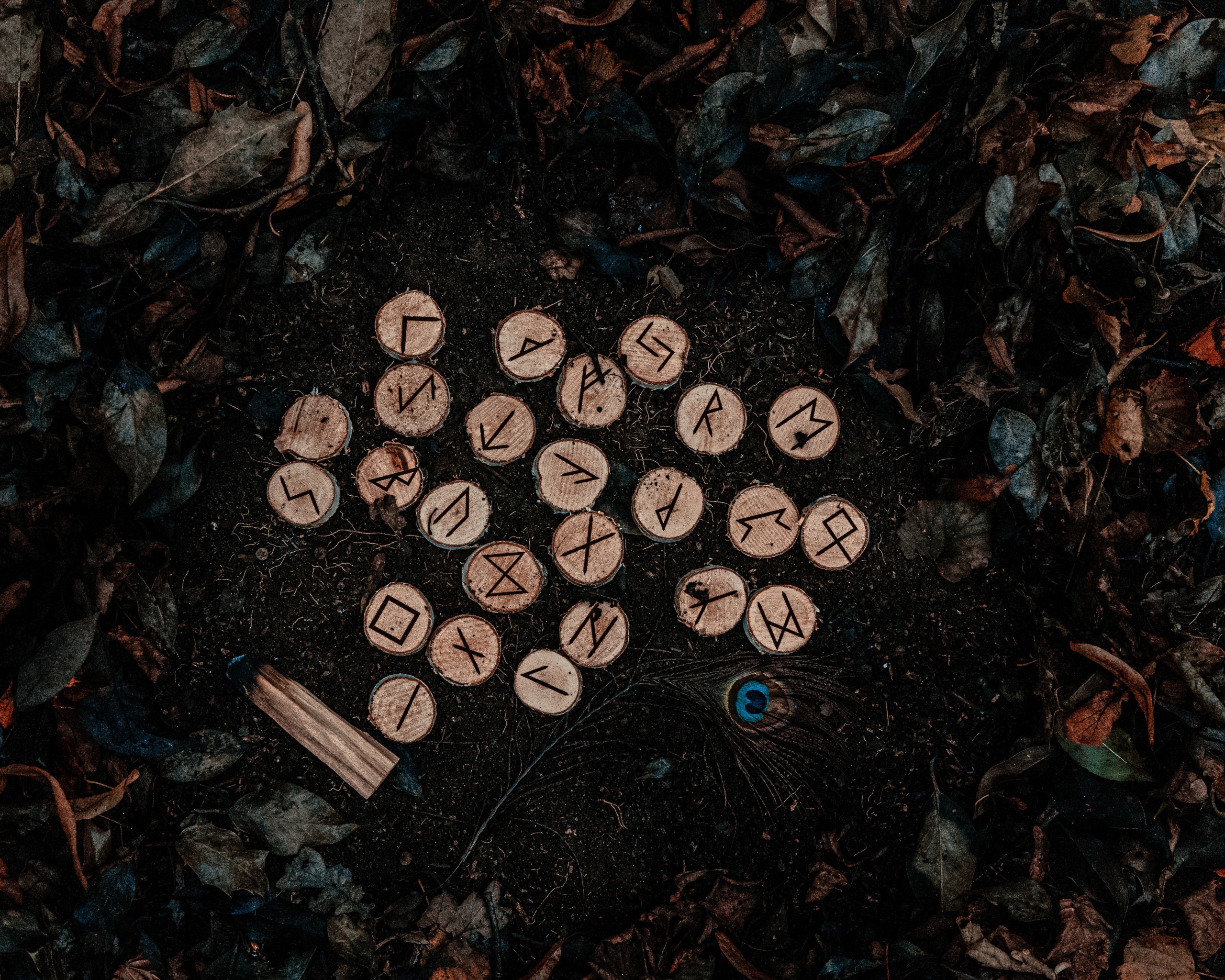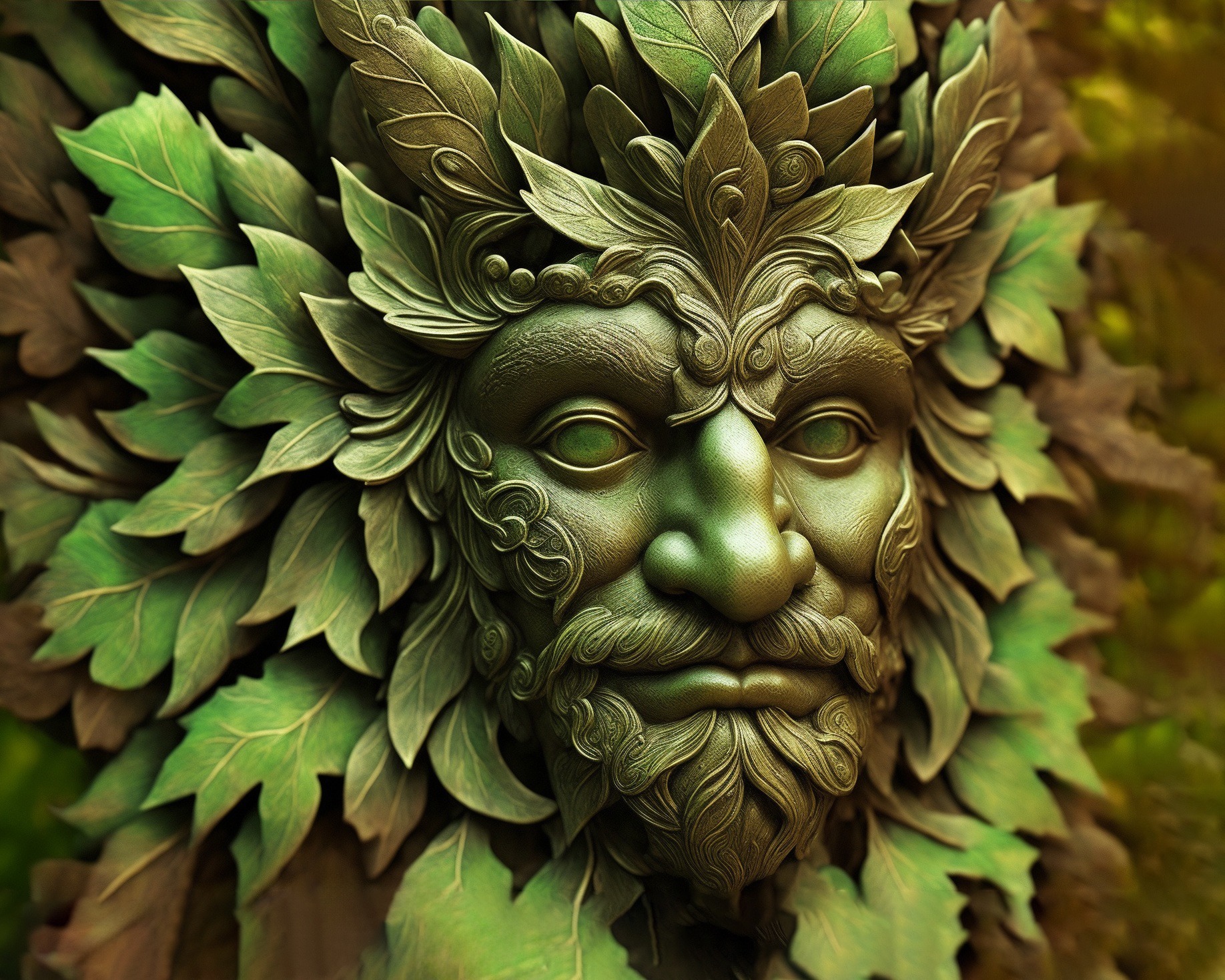Delve into the rich tapestry of Norse mythology as we unravel the captivating saga of Fenrir, a formidable and enigmatic creature whose story weaves through the intricate threads of ancient Norse beliefs.
The Birth of Fenrir Spawned from Chaos
Fenrir, often referred to as the monstrous wolf, emerged from the union of Loki, the trickster god, and the giantess Angrboða. Born in the shadow of chaos, Fenrir’s destiny was entwined with prophecies that foretold both awe-inspiring feats and catastrophic events.
The Growth of the Monstrous Wolf
Unyielding Growth
As Fenrir matured, his immense size and strength became apparent. His colossal stature and insatiable appetite marked him as a force to be reckoned with in the divine realms. The gods, aware of the prophecies surrounding Fenrir, watched his growth with a mix of fascination and trepidation.
The Binding of Fenrir
A Divine Dilemma
Fearful of the havoc Fenrir might wreak upon the cosmos, the gods attempted to bind him. However, the wolf proved to be a formidable adversary. It took the cunning craftsmanship of the dwarves to forge the unbreakable chain Gleipnir, which successfully ensnared Fenrir.
Tyr’s Sacrifice
In the process of binding Fenrir, the god Tyr displayed unparalleled bravery by sacrificing his hand. This act of selflessness highlighted the severity of the threat Fenrir posed and the sacrifices required to maintain cosmic balance.
Fenrir’s Role in Ragnarök
The Harbinger of Doom
The prophecies surrounding Fenrir reached their climax in the apocalyptic event known as Ragnarök. Released from his chains, Fenrir played a pivotal role in this cataclysmic battle, foretold to bring about the end of the world.
The Cosmic Clash
Fenrir’s clash with Odin, the All-Father, during Ragnarök became an epic confrontation, symbolizing the eternal struggle between order and chaos. The outcome of this battle held the fate of the cosmos in the balance.
Symbolism and Legacy
The Dual Nature of Fenrir
Beyond his monstrous facade, Fenrir embodies duality in Norse mythology. He represents both the untamed forces of nature and the inevitable chaos that accompanies creation and destruction.
Legacy in Art and Literature
The saga of Fenrir continues to inspire artists, writers, and enthusiasts worldwide. His portrayal in various forms of media reflects the enduring fascination with Norse mythology and the timeless allure of characters like Fenrir.
Embracing the Enigma
A Mythical Marvel
Fenrir’s saga stands as a testament to the complexity of Norse mythology, where gods, giants, and mythical creatures shape the destiny of the cosmos. Embrace the enigma of Fenrir, the monstrous wolf whose story resonates across the ages.
In exploring the saga of Fenrir, we unveil a captivating chapter in Norse mythology, where divine prophecies, cosmic battles, and the indomitable spirit of a monstrous wolf converge to create a tale that transcends time and captivates the imagination.
-
-
Add to cart
- Add to WishlistAdd to Wishlist
- Drinkware, New Arrivals, Travel Mugs & Tumblers
White Celestial Wolf Stainless Steel Tumbler
- $40.00
- Rated 0 out of 5
Add to WishlistAdd to Wishlist -
Add to cart
-
-
Add to cart
- Add to WishlistAdd to Wishlist
- Drinkware, New Arrivals, Travel Mugs & Tumblers
Black Celestial Wolf Stainless Steel Tumbler
- $40.00
- Rated 0 out of 5
Add to WishlistAdd to Wishlist -
Add to cart
-
-
Select options
This product has multiple variants. The options may be chosen on the product page
- Add to WishlistAdd to Wishlist
- Office & Tech, Wireless Chargers
White Celestial Wolf Wireless Charger
- $48.00
- Rated 0 out of 5
Add to WishlistAdd to Wishlist -
Select options
This product has multiple variants. The options may be chosen on the product page

